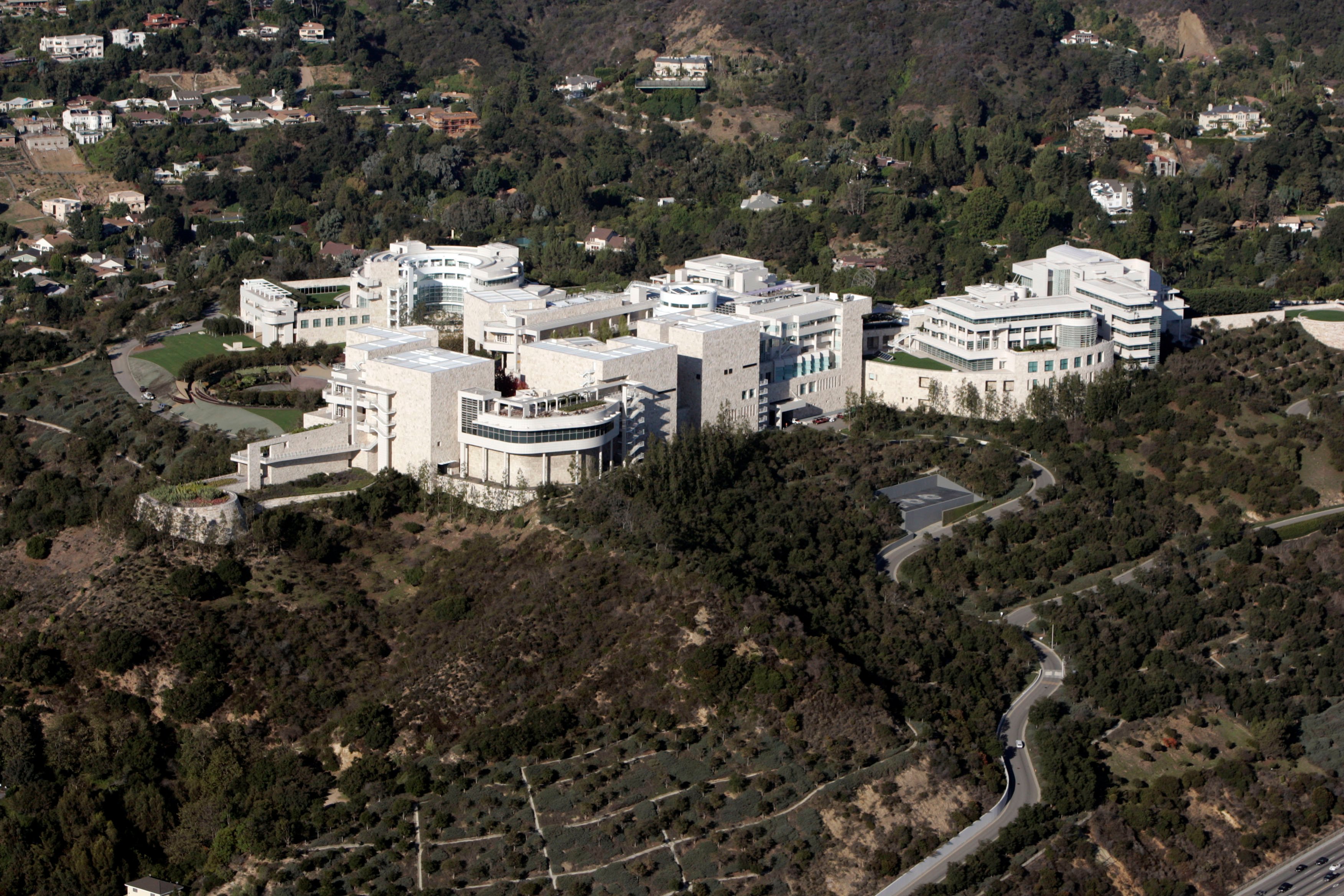
Today, the Getty announced the theme for the next edition of its widely influential SoCal-centric art initiative Pacific Standard Time: the convergence of art and science.
The next edition, planned for 2024, will bring together cultural institutions throughout Los Angeles and beyond to “look at art through the lens of science, and at science through the lens of art,” the Getty explains.
California museums have a long history of facilitating collaborations between artists and scientists. James Turrell, Robert Irwin, and others studied the science of perception to create work that would form the foundation of the Light and Space movement. In the 1960s, companies including IBM, Hewlett-Packard, and Lockheed Aircraft also teamed up with artists including Richard Serra and Robert Rauschenberg under the auspices of LACMA’s Art + Technology program.
In keeping with this spirit of collaboration, “Pacific Standard Time: Art x Science x LA” will extend invitations to scientific institutions across Southern California as well as museums. As is always the case with PST, individual organizations will develop their own takes on the theme and submit proposals to receive Getty funding.
A Supermoon, or perigee moon, rises behind the historic Mount Wilson Observatory on July 12, 2014 at Mount Wilson in the Angeles National Forest northeast of Los Angeles, California. Photo by David McNew/Getty Images.
“What we today recognize as art and science sprang from the same origins—a shared desire to explore and explain the universe in all its dazzling diversity,” Jim Cuno, president and CEO of the J. Paul Getty Trust, said in a statement. “The Getty is in a unique position… to open a far-reaching conversation throughout Southern California about shared history, the critical challenges we face on our planet today, and the creative solutions they demand.”
“PST: Art x Science x LA” marks the third iteration of the increasingly ambitious event, which is notable not only for its economic impact, but also—and arguably more importantly—for its ability to generate new scholarship in areas where funding is often scarce.
Sixty institutions across Southern California came together for the inaugural edition in 2011–12, “Art in L.A. 1945–1980,” which charted the birth and evolution of what is now thought to be one of the most vibrant art scenes in the country. In 2017–18, “Pacific Standard Time: LA/LA” homed in on the cross-cultural dialogue between Los Angeles and Latin America, incorporating 70 institutions across the region.
The full list of partner institutions for the next edition has yet to be finalized, though it’s safe to assume this edition will be of a similarly grand scale. Southern California is rife with research facilities and has a long history of scientific innovation. The Mount Wilson Observatory, just northeast of LA, houses some of the country’s most famous telescopes, including the one that Edwin Hubble used to chart galaxies beyond our own. The Jet Propulsion Laboratory in nearby Pasadena County, meanwhile, has created and put into orbit a number of robotic spacecraft. Just down the road, the California Institute of Technology is widely regarded as one of the premier science and engineering schools in the world.
“There is no Pacific Standard Time without collaboration, and we look forward to our partners developing ambitious, insightful, and challenging exhibitions and programs,” Joan Weinstein, interim director of the Getty Foundation, added in a statement. “In the spirit of the theme, experimentation will characterize all facets of PST: Art x Science x LA, allowing today’s most innovative artists and scientists to explore the intersections of their work in new ways.”